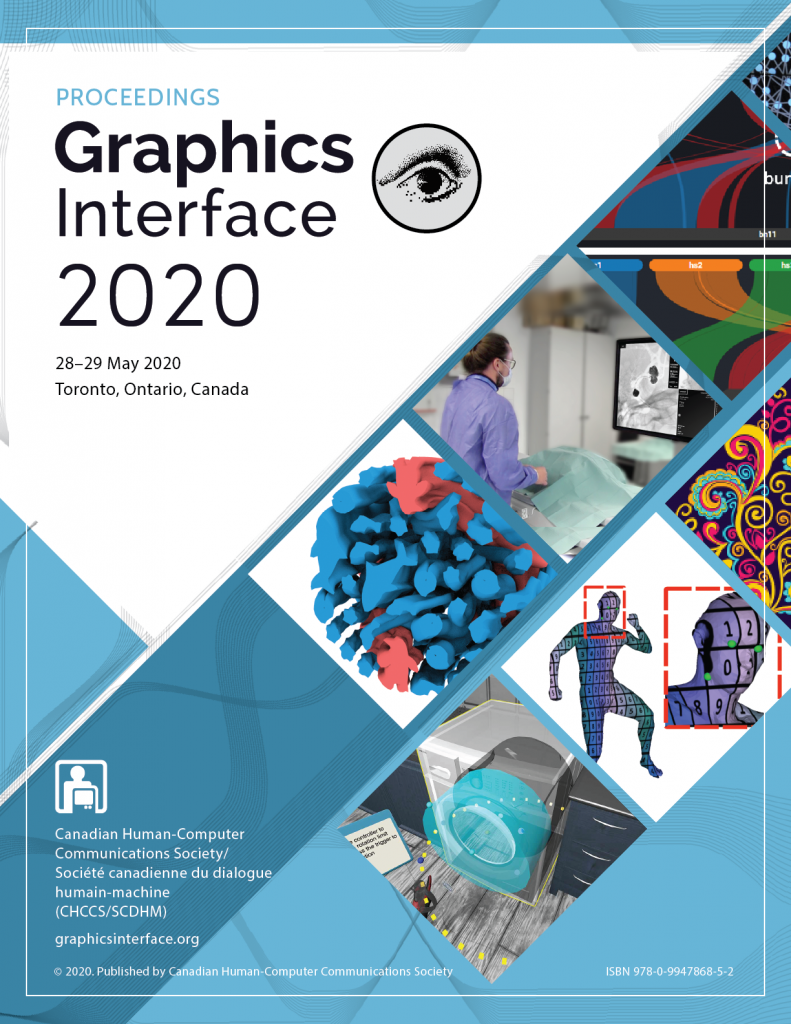Video
BibTex
@inproceedings{Faustino:2020:10.20380/GI2020.19,
author = {Faustino, Daniella Briotto and Nabil, Sara and Girouard, Audrey},
title = {Bend or PIN: Studying Bend Password Authentication with People with Vision Impairment},
booktitle = {Proceedings of Graphics Interface 2020},
series = {GI 2020},
year = {2020},
isbn = {978-0-9947868-5-2},
location = {University of Toronto},
pages = {183 -- 191},
numpages = {9},
doi = {10.20380/GI2020.19},
publisher = {Canadian Human-Computer Communications Society / Société canadienne du dialogue humain-machine},
}
Abstract
People living with vision impairment can be vulnerable to attackers when entering passwords on their smartphones, as their technology is more 'observable'. While researchers have proposed tangible interactions such as bend input as an alternative authentication method, limited work have evaluated this method with people with vision impairment. This paper extends previous work by presenting our user study of bend passwords with 16 participants who live with varying levels of vision impairment or blindness. Each participant created their own passwords using both PIN codes and BendyPass, a combination of bend gestures performed on a flexible device. We explored whether BendyPass does indeed offer greater opportunity over PINs and evaluated the usability of both. Our findings show bend passwords have learnability and memorability potential as a tactile authentication method for people with vision impairment, and could be faster to enter than PINs. However, BendyPass still has limitations relating to security and usability.





















































